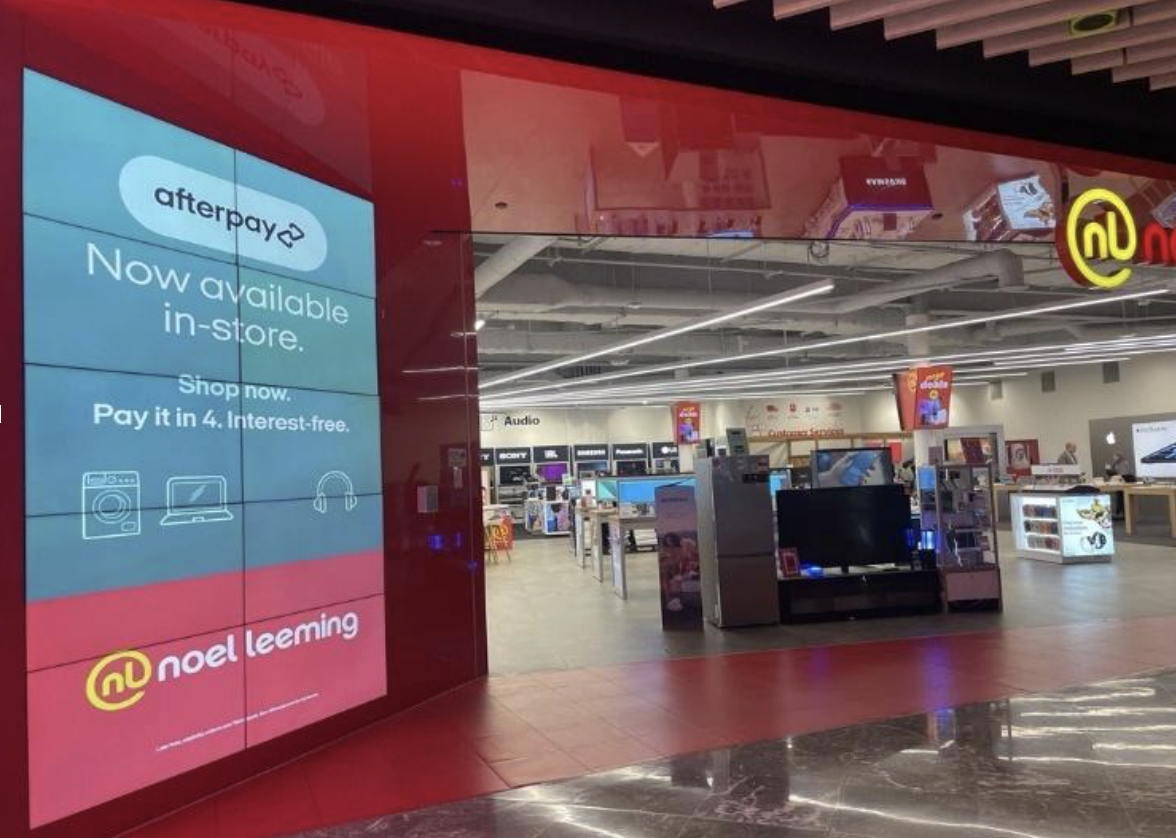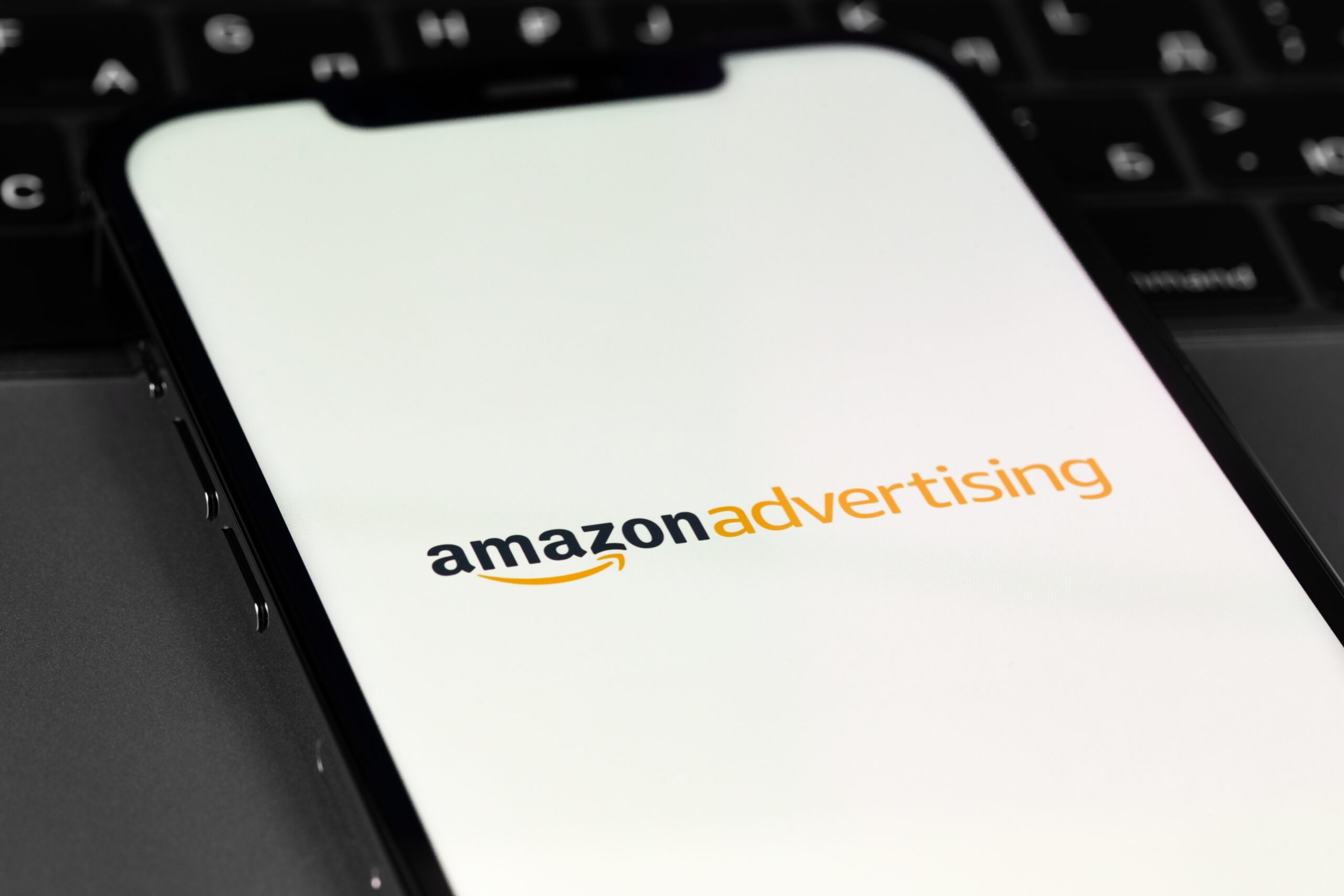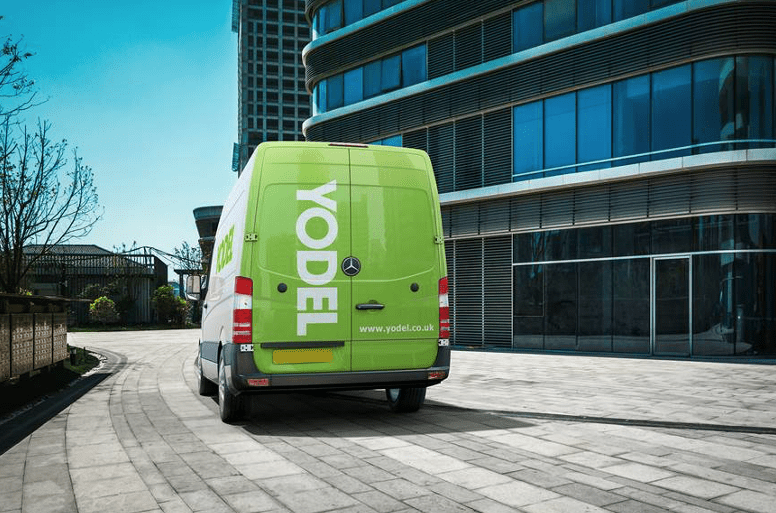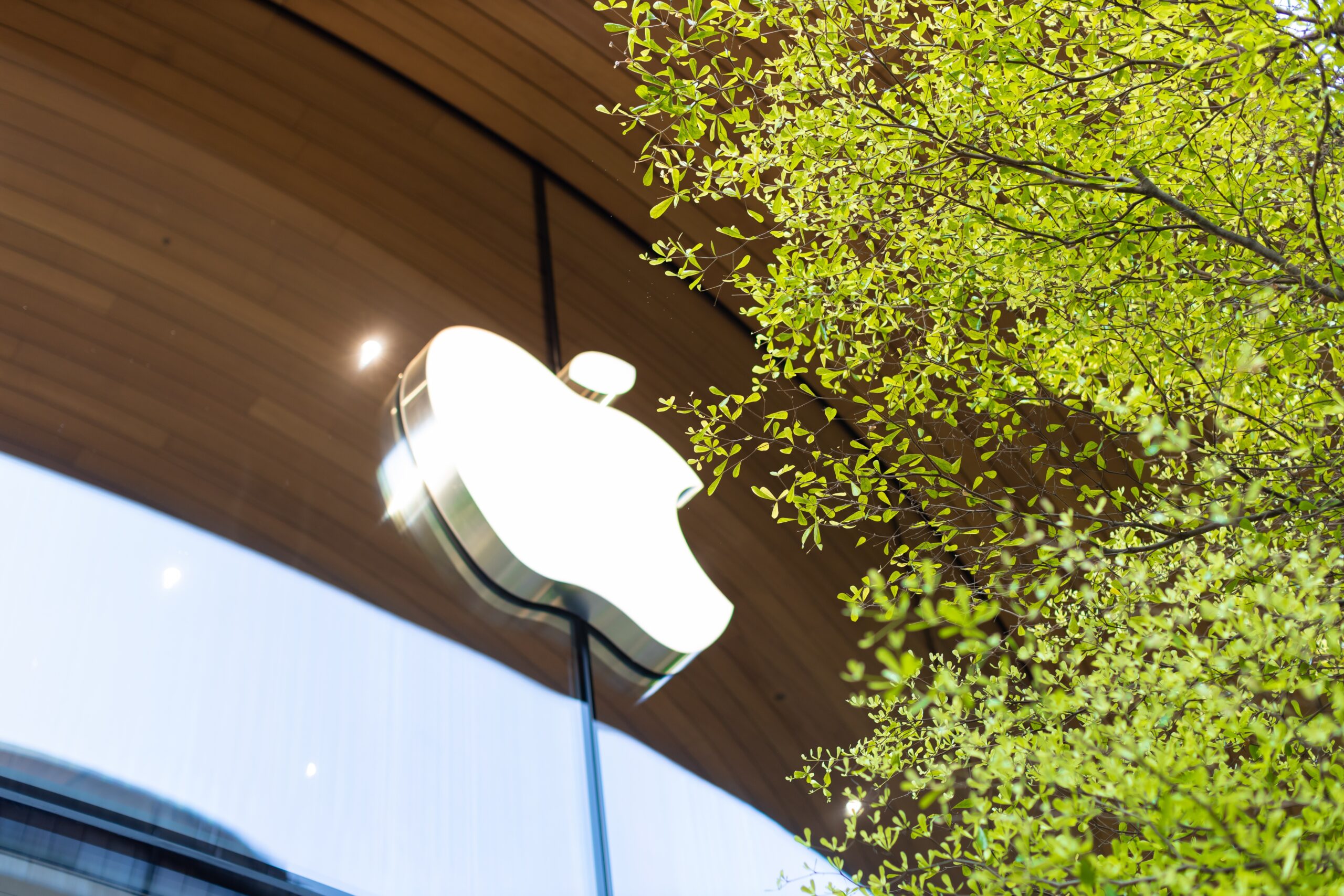By Liam Brennan, Managing Director, Responsible Marketing Agency
Something we heard a lot at the Responsible Marketing Agency in 2023 was that brands wanted to make their media ‘more sustainable’ – but most didn’t really have a clear idea of what that meant, or a tangible plan for doing so.
Many of those brands had undertaken some sort of ‘sustainability’ activation with a media partner, created a great case study, but didn’t know what ‘next’ looked like – or walked away from that test without clear learnings that could be applied to broader activations.
Of course, there are many ways to make your media more sustainable, but often the path least explored, and the one with the largest impact, is Supply Path Optimisation (or SPO for short).
Re-framing SPO
In simplistic terms, SPO is a process for improving media outcomes by minimising the number of exchanges a buyer needs to pass through in order to transact with a seller. It’s typically undertaken by brands who want to optimise their programmatic trading approach (i.e. improve their media productivity).
From a commercial perspective, SPO makes sense: it creates the most efficient path to inventory by removing unnecessary links and duplicate paths in the supply chain, ultimately maximising marketing budgets by ensuring they flow to where they’re most impactful.
But this ability to ‘look under the hood’ also gives you greater transparency into the whole trading process and offers the granularity required to improve the quality of what you are actually buying. This can remove low-quality inventory partners, reduce ad fraud and provide key information required to establish strategic partnerships with SSPs.
Last December, the ANA updated their Programmatic Supply Chain Transparency Study, highlighting the $22 billion efficiency gain opportunity if advertisers pushed their agency and programmatic partners to take a closer look at their programmatic activity and ‘remove the rubbish’ (e.g. 35% of media productivity was lost to non-viewable inventory, bot traffic and low-quality Made For Advertising websites, which alone constituted an astonishing 21% of impressions analysed).
While optimising your programmatic approach with SPO offers a great opportunity to improve efficiency, it’s also a fantastic opportunity to improve media sustainability and reduce your carbon footprint from media activity. Removing that 35% of unproductive media inventory not only improves performance but will also remove some of your plan’s highest carbon emitters.
SPO is a technically complex process, but advertisers can take these three simple steps to set themselves up to undertake it and build for a more sustainable approach in the future.
Step one: set yourself up for success
As is often said in media circles, you can’t manage what you can’t measure. Advertisers should first look to use media and technology solutions with high levels of transparency (i.e. not agency-owned ‘black box’ solutions or managed services). This is a critical first step to being able to undertake SPO, and any sort of programmatic media optimisation.
The industry is moving away from managed services, but paying a premium to gain a greater view of the supply chain may seem expensive and cost-prohibitive. In fact, long term it will lead to lower costs as it’s giving you better insights, enabling more informed decisions and more efficient optimisation.
Ensure that your supplier can provide you with granular site- and impression-level data as it pertains to carbon measurement, or work with a carbon emissions measurement supplier that can integrate with that company.
Step two: establish a baseline and set time-based benchmarks for improvement
Understand what you’re currently doing and what you’re buying – as well as the carbon impact of that activity. This will allow you to establish your baseline on which initial improvements can build.
Then identify emissions hotspots and eliminate high-carbon, low-performing inventory. For example, the areas identified in the ANA data set showed the potential for a 56% reduction in carbon emissions on a typical ‘non-optimised’ programmatic buy. Halving your carbon footprint in your first SPO exercise is easily obtainable.
Then, over time, set yourself goals around how you can optimise to reduce your footprint by streamlining your partners or looking for new ones. You’re unlikely to make large improvements after your first optimisations beyond performance adjustments, so future activity optimisations need only to take place only when your supply approach has shifted.
Step three: refresh your supplier partnerships
SPO is not a one-off but an ongoing journey, and you need to ensure you map your progress over time, always looking for ways to seek high-performing and commercially strong inventory, while limiting your carbon footprint.
Engage with your media suppliers to understand what actions they are taking to reduce carbon emissions. It’s these supplier relationships that become more important long term, both to drive commercial improvement and improve sustainability efforts.
Look to use sustainability as a differentiator in selection – and use your budgets to influence the inventory and products those partners are offering. Indeed, the added transparency in partner selection can also aid your DE&I commitments – the ANA has a great guide on how to select more diverse suppliers here.
Ensure you also collaborate with your agency to implement cleaner optimisation strategies. Say no to black box solutions and always ask for transparency in what is being bought and how, and results shared once optimisations are made.
2024: let’s have a greener conversation around SPO
Programmatic discussions tend to get quickly overshadowed by matters of commercial and inventory performance, and getting the balance between commercial realities and doing good can mean a short-term cost impact. But it is possible to be a more responsible marketer while still keeping the procurement department happy.
SPO on a typical campaign could lead to a 35% improvement in media productivity and a 56% reduction in carbon footprint. Buying environments that deliver higher attention and a better user experience typically leads to both better performance and lower carbon impact.
Get started on your sustainable SPO journey, and you’ll be ahead of many other advertisers who’ve yet to undertake any sort of SPO – let alone doing so through the lens of media sustainability.
As with all things sustainability, the best time to start Sustainable SPO was yesterday. The next best time is now.







